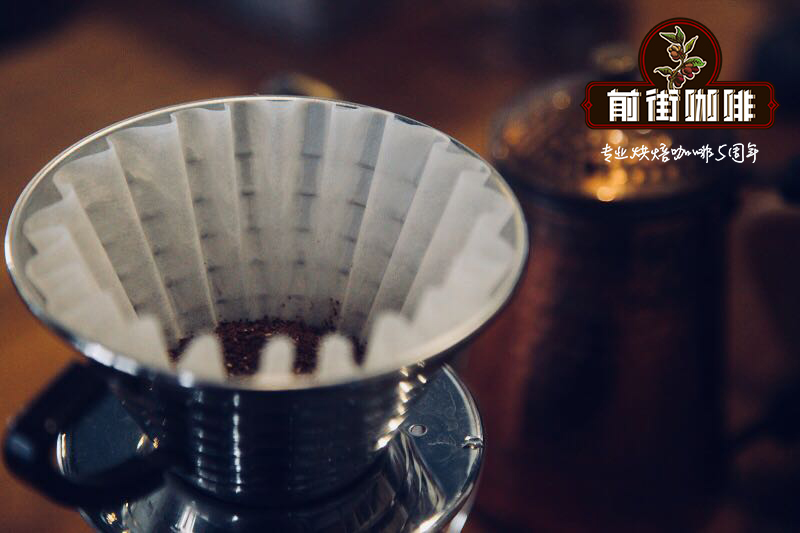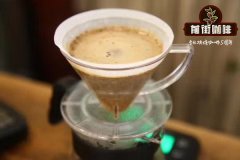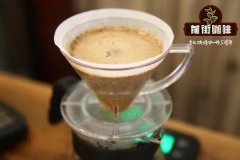Brief introduction of Ethiopian Sunshine Huakui G1 introduction to what kind of bean is Huakui coffee bean

Professional coffee knowledge exchange more coffee bean information please follow the coffee workshop (Wechat official account cafe_style)
Qianjie-A brief introduction to Sakuran, Sidama, Ethiopia
In 2016, "Sakuran" was launched and was deeply loved by the broad audience. Qianjie has been selling Sakui Coffee for many years after the introduction of Sakui 2.0, a coffee tree that Le Bunna grows symmetrically on the top of GUJI HAMBELLA, giving it a cleaner and more prominent native flavor. One of the discoveries is the discovery of a new and neat coffee forest in the MANSA area of its familiar GUJI HAMBELLA producing area, with large and sweet red fruit, which is very different from the nearby "small" coffee beans.
After inquiring from all parties, it was learned that this was a new forest planted after 2000. The native "large-grain" coffee trees in the Kaffa Rose Summer Mountains were selected by the Jimma Coffee Research Center Jima National Coffee Research Center, which were raised in the MANSA area and distributed free to local farmers to plant before the rainy season. As a big "wonderful flower" in Hambella producing areas, tanning mansa bulk products were officially launched in 2019. And named it "Huakui 3.1".
Qianjie also acquired this "Sakuran 3.1" this year. Compared with the previous 3.0 and 2.0, this coffee is bound to be good enough in quality.
[Sakui] only all red fruits are selected on coffee cherries, fully ripe coffee cherries are picked manually, dried in African scaffolding, the thickness of the fruit layer is limited and flipped at regular intervals for 24 hours, and the manor is fermented at a low temperature in the unique natural environment. The variety is the native species of Ethiopia, because there are too many varieties in Ethiopia to distinguish and retain the information of coffee beans, so they are collectively called the original species.
In the harvest and treatment season (December-January), its unique growth environment and natural climate created the unique flavor of Huakui. The sugar content of the red fructose we are picking is more than 30 before we start sun treatment. In the first two days of the sun, it is necessary to ensure the humidity of the red fruit so that its fructose fully begins to ferment. At the same time, the high-altitude geographical location, so that the night temperature of the treatment plant can be reduced to about 12 degrees Celsius, and will not produce the smell of excessive fermentation because the temperature is too high. When the temperature is relatively high at noon, it will be shielded to prevent sunburn of red fruit.
Huakui 3.1, Shantang treatment plant micro-batch, red fructose content more than 21 before the start of sun treatment, so the sweetness is quite high, plus low-temperature fermentation for 21 days (usually more than ten days), to ensure uniform sun exposure and ventilation, more accurate grasp of the degree of fermentation.
Producing area: Guji West Hambella, Ethiopia
Wamana Halka Koricha
Variety: Heirloom (large grain original species)
Production: Shantang treatment Plant (MANSA)
Altitude: 2125 m
Grade: sun exposure
Flavor: lavender passion fruit strawberry
Knowledge expansion: Sakui production area: Guji Guji, Shakisso,Hambella Humbera, currently there are about 20 processing plants of various sizes in Hambella production area.
END
Important Notice :
前街咖啡 FrontStreet Coffee has moved to new addredd:
FrontStreet Coffee Address: 315,Donghua East Road,GuangZhou
Tel:020 38364473
- Prev

Rwanda Shuli Coffee Bean Story Rwanda Shuli Cooperative Coffee Is It Worth Drinking
Professional coffee knowledge exchange More coffee bean information Please pay attention to coffee workshop (Weixin Official Accounts cafe_style) Abateraninkunga ba Sholi(Sholi) cooperative, meaning mutual aid, located in Muhanga dispute in the southern province of Rwanda, between Kigali and Lake Kivu. Founded in 2008, Sholi Coffee has been producing coffee for nearly 10 years. Sholi coffee
- Next

The most famous brand of hand-brewed coffee recommends the introduction of Rose Summer of Elvira Manor.
Professional coffee knowledge exchange more coffee bean information please follow the coffee workshop (Wechat official account cafe_style) front street-famous coffee bean steak recommended Elvira Manor Rose Summer introduction in Panama BOP (BEST OF PANAMA) event, in addition to Esmerald (Esmerald), Elida (Elida), Janson (Janson) and other old faces, there is also a new
Related
- Beginners will see the "Coffee pull flower" guide!
- What is the difference between ice blog purified milk and ordinary milk coffee?
- Why is the Philippines the largest producer of crops in Liberia?
- For coffee extraction, should the fine powder be retained?
- How does extracted espresso fill pressed powder? How much strength does it take to press the powder?
- How to make jasmine cold extract coffee? Is the jasmine + latte good?
- Will this little toy really make the coffee taste better? How does Lily Drip affect coffee extraction?
- Will the action of slapping the filter cup also affect coffee extraction?
- What's the difference between powder-to-water ratio and powder-to-liquid ratio?
- What is the Ethiopian local species? What does it have to do with Heirloom native species?

